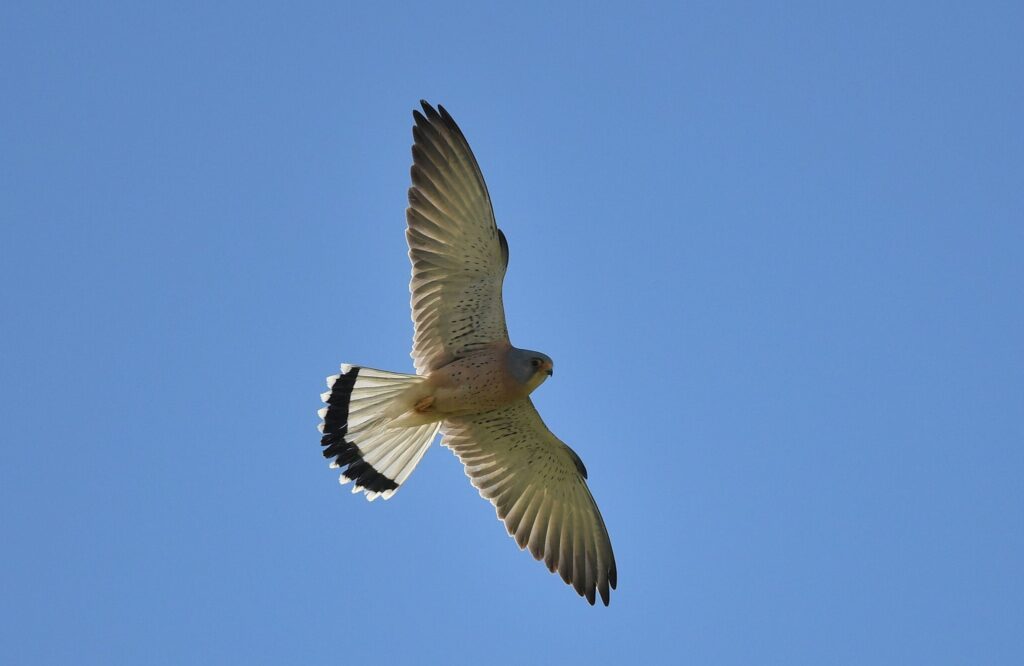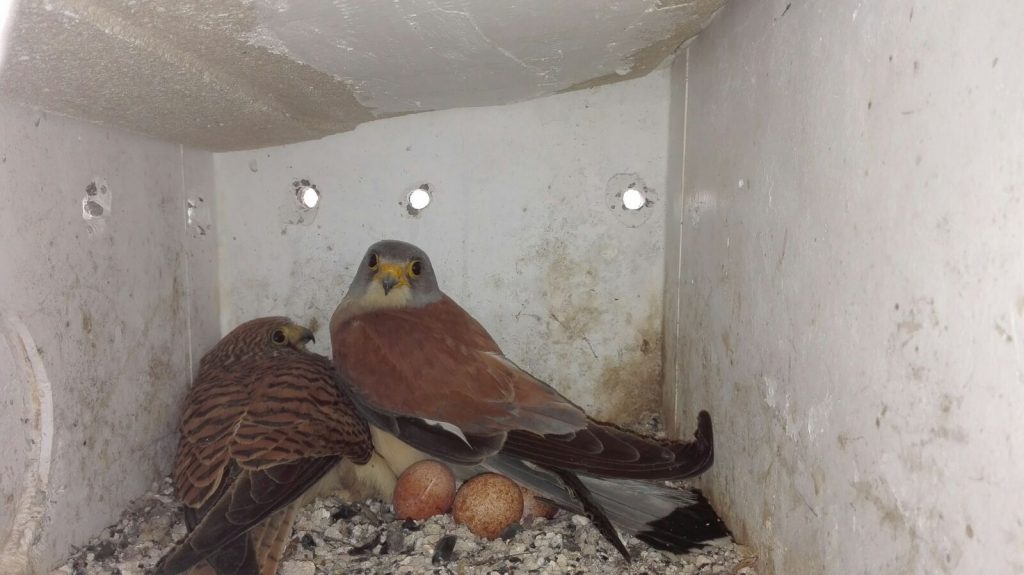The lesser kestrel (Falco naumanni) is a small, long-distance migratory and colonial-breeding falcon that breeds from southern Europe into the steppes of central Asia. Lesser kestrels chiefly winter in the Sahelian belt. The species is highly suitable to investigate behavioural and ecological processes for a number of reasons: it breeds in large colonies and readily breeds in nest boxes, annually providing large numbers of accessible nests, eggs, offspring, and breeders; it forages almost exclusively in agricultural landscapes during breeding, allowing us to investigate the interaction between space use and agricultural activities; it is a long-distance migratory species; it is sexually dimorphic both in size and colouration; and it is a top-predator, enabling us to investigate predator-prey dynamics. Our specific targets are to investigate: behavioural processes related to coloniality; carry over-effects across different stages of the annual cycle; individual variation in habitat selection, foraging behavior and migratory strategy; nest-site preferences and the causes and consequences of nest-site selection.
 © Nunzio Grattini
© Nunzio Grattini © Andrea Curcio
© Andrea CurcioStudy sites
Matera (southern Italy; since 2016), which hosts one of the world largest colonies of the lesser kestrel (>1000 pairs) and where we rely on ca. 250 nest-boxes deployed on the terraces of large buildings.
Po Plain (northern Italy; since 2018), where it breeds the northern European population, settled around 2005, currently consists in 140 pairs.
